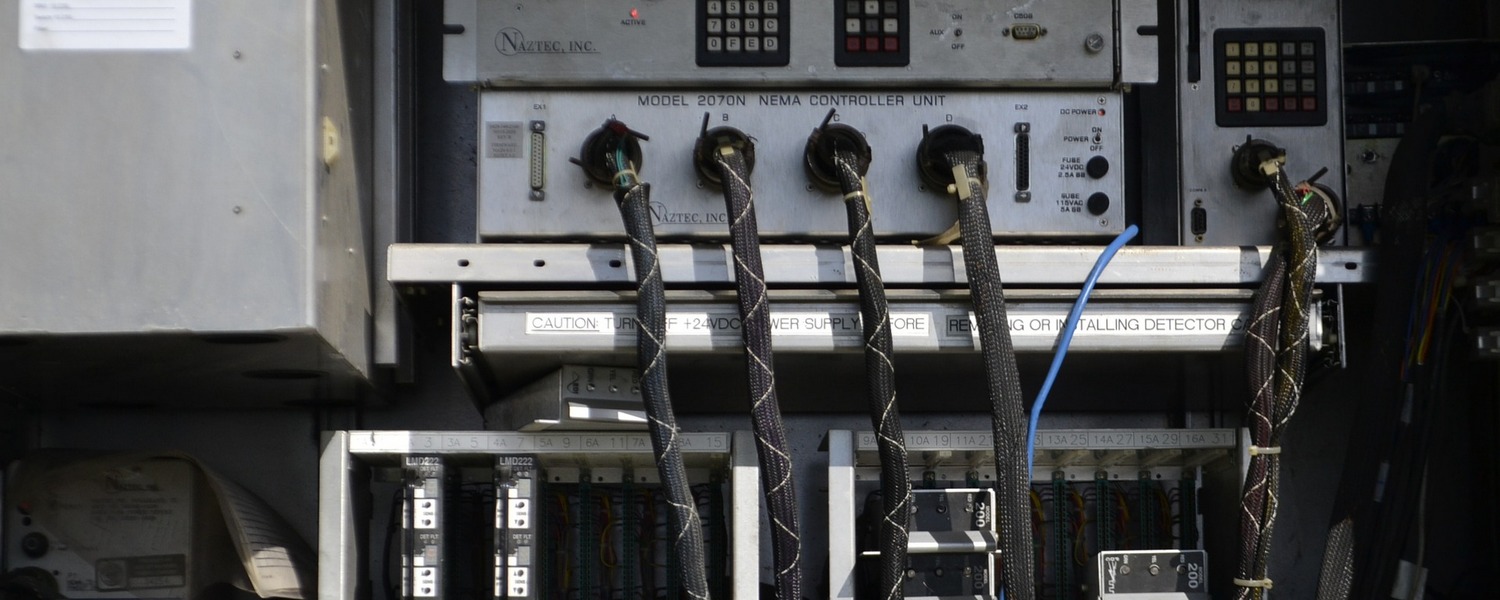For the effective work of an Internet portal, it is used to integrate it with third-party services. Let’s consider why this solution is used, what benefits the company receives after the launch of the finished project.
What gives the portal integration with third-party services
Integration increases the functionality and is used to solve the following tasks:
- accept online orders, process registration information from the customer, introduce customers to products, and post assortment data;
- Automate the transportation of orders, track the delivery of goods, and monitor the execution of orders;
- track the number of items in stock and synchronize the exchange of up-to-date data with online stores (marketplaces);
- synchronize payment, invoicing, and document generation in automatic mode;
- to set up the technical support of customers in the chat on the site, in official groups in social networks, to connect telephony;
- to make it easier to start advertising campaigns and evaluate their effectiveness;
- to reduce expenses for launching and realization of marketing strategies, to receive statistical data on them.
All this makes it possible to optimize business processes, switch off unnecessary links at the stages of order placement, increase website attractiveness in the eyes of users interested in company products and services, reduce costs for manual data processing, receive sales reports online. Integration of the portal with third-party services extends the website functionality and increases its efficiency.
Depending on the set tasks to be solved by the portal, integration takes place with one or several services.
Services for integration
There are many possibilities. The main services for integration are the following:
- Payment systems. They are used to pay for goods and services with the help of transfers from bank cards and electronic wallets. In the process of integration there is a script with or without confirmation of the operation. The customer can bind the payment instrument (card) which he will use in future. When the customer is going to pay for a product or service, he receives a response from the system that the initiation was successfully accepted and an offer to pay the required amount online. After the payment the customer learns about the debit, sees the confirmation of the transaction on the screen.
- Delivery service. Depending on the goods the company sells, the carrier is chosen, the cities for courier delivery, addresses of points, cost and shipping time are determined. This information is displayed on the site. The buyer forms a request on the site, the status of the order changes in the management system, the data goes to the warehouse of the online store. According to the data received, the storekeeper prints out the tracking number and bill of lading, and forms the parcel. When the order is ready, the executor changes the status of the order. At the same time, if any units are not found in the warehouse, this information becomes available to the buyer. An SMS and e-mail notification system is also configured to notify the client of the parcel’s arrival. The robot informs the customer and manager not only about successful delivery but also about arising problem situations.
- Marketplaces. Interaction with existing online platforms is set up to increase sales. Information on purchases is automatically fed into the portal. You can select marketplaces for products of the same type, separate focus (products with the same attributes), for any goods and services.
- Corporate CRM and ERP. The service is used if the company plans to launch an online marketplace and synchronize the base of the site with other systems. The site owner can collect data on clients, manage and control transactions, and evaluate the effectiveness of the sales funnel and other marketing tools. Integration with CRM and ERP makes it easy to collect data automatically. Feedback is captured on web forms and IP telephony. Integration with corporate CRM and ERP makes it possible to categorize clients into groups according to the functions of the employees who work with them.
- Accounting programs. Accounting programs facilitate trade and warehouse operations. Automatization of business processes releases the managers and employees of the company from the necessity to manage goods and prices manually, control leftovers, record the history of purchases, etc.
- Aggregators. These systems make it possible to publish information on goods in various online venues, receive funds in different ways, set up exchanges with suppliers of information on catalogs, nomenclature, orders and their status, etc.
Depending on the needs of the business, one or another list of services is selected for integration with the customer’s site.




